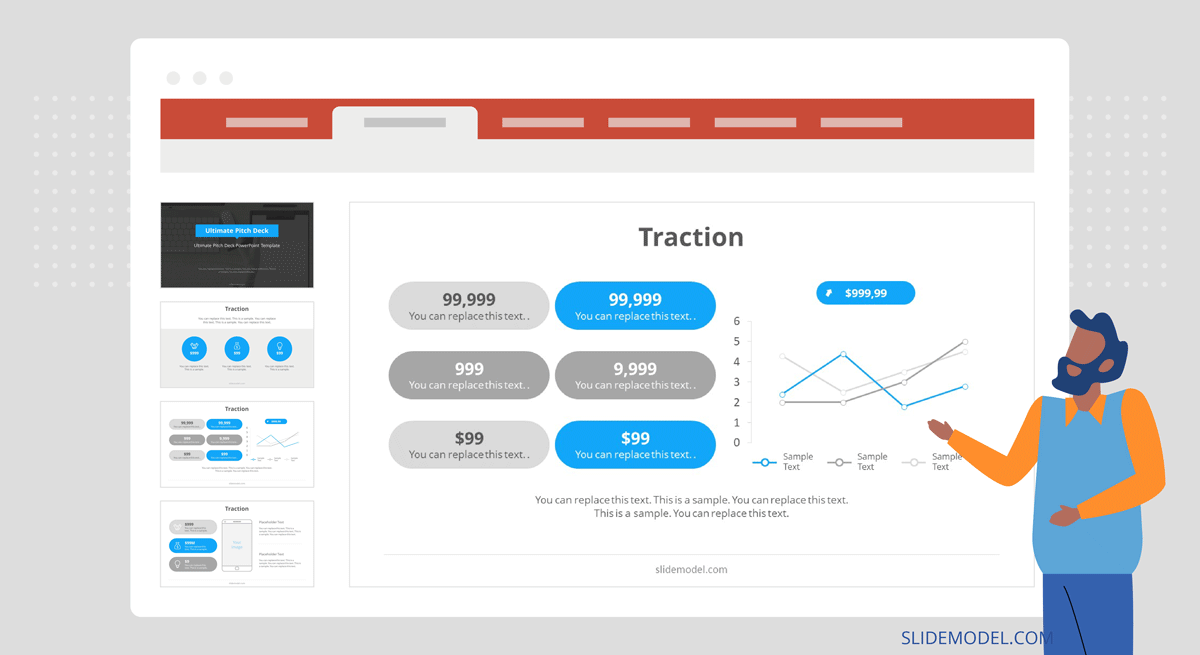Understanding Traction in the Merchantry WorldEvery entrepreneur dreams of leading a successful business, but the path to success is often riddled with challenges. One hair-trigger concept that stands out in this journey is ‘traction’. But what exactly is traction, and why is it so vital for your business? In this article, we delve into the essence of traction, its significance, and practical strategies to proceeds traction for your business.
What is Traction in Entrepreneurship?

Traction is a well-spoken indicator of your business’s success and potential. It’s vestige that your merchantry model is working, attracting customers, and generating revenue. Examples of traction include:
- User vanquishment and engagement
- Market penetration and share growth
- Consistent sales and revenue increases
- Strategic partnerships and collaborations
- Product or service minutiae milestones
- Positive media coverage and trademark recognition
Why is Traction Important?
Investors Need to See Traction To Evaluate Your Potential Merchantry Success
Investors often judge a merchantry based on the value of traction it has created, impacting deal structures. High traction reduces investment risk, indicating a higher probability of merchantry success. Understanding what it takes to be a successful entrepreneur is crucial in this regard.How to Proceeds Traction for Your Business: Identifying Your Target Market
Understanding Your Audience
The first step in gaining traction is identifying and understanding your target market. Knowing who your customers are, what they need, and how they behave is crucial for tailoring your strategies effectively. Learn increasingly well-nigh identifying your target customer.Developing a Strong Value Proposition

What Makes Your Merchantry Unique
Having a well-spoken and compelling value proposition is essential. It should succinctly describe why your product or service is unique and how it solves your customers’ problems or improves their lives. For ideas on creating a compelling value proposition, see what is a merchantry brand.Leverage Digital Marketing for Maximizing Online Visibility
Digital marketing is a crucial tool for gaining traction. Let’s explore specific strategies:1. Utilize SEO (Search Engine Optimization)
- Keyword Research: Use tools like Google Keyword Planner or SEMrush to find relevant keywords. Focus on long-tail keywords for less competition.
- On-Page SEO: Ensure your website’s content includes these keywords naturally. Optimize meta tags, images, and URLs.
- Off-Page SEO: Build quality backlinks from reputable sites. Guest blogging can be a good strategy.
- Technical SEO: Improve site speed, mobile-friendliness, and secure connections (HTTPS).
- Local SEO: If you’re a local business, ensure your Google My Merchantry profile is up-to-date.
2. Social Media Marketing
- Choose the Right Platforms: Identify where your target regulars is most active. Instagram and TikTok are unconfined for younger audiences, LinkedIn for professionals.
- Engaging Content: Create content that resonates with your regulars – videos, infographics, and user-generated content.
- Consistency: Post regularly but prioritize quality over quantity.
- Analytics: Use platform analytics to understand what works and refine your strategy.
3. Content Marketing
- Valuable Content: Produce content that is informative, entertaining, and relevant to your audience.
- Content Variety: Use blogs, videos, podcasts, and infographics to alimony your regulars engaged.
- SEO Integration: Integrate SEO weightier practices into your content for largest visibility.
- Content Calendar: Plan your content in whop with a timetable to maintain a resulting posting schedule.
4. Email Marketing
- Personalization: Use subscriber data to personalize emails. This increases engagement.
- Segmentation: Segment your email list based on user policies or demographics for increasingly targeted campaigns.
- Mobile Optimization: Ensure emails are mobile-friendly as a majority of users trammels email on mobile devices.
- Clear Call-to-Action: Every email should have a well-spoken purpose and call-to-action (CTA).
- Moz’s Beginner’s Guide to SEO
- HubSpot’s Social Media Marketing Guide
- Content Marketing Institute
- Mailchimp’s Guide to Email Marketing

